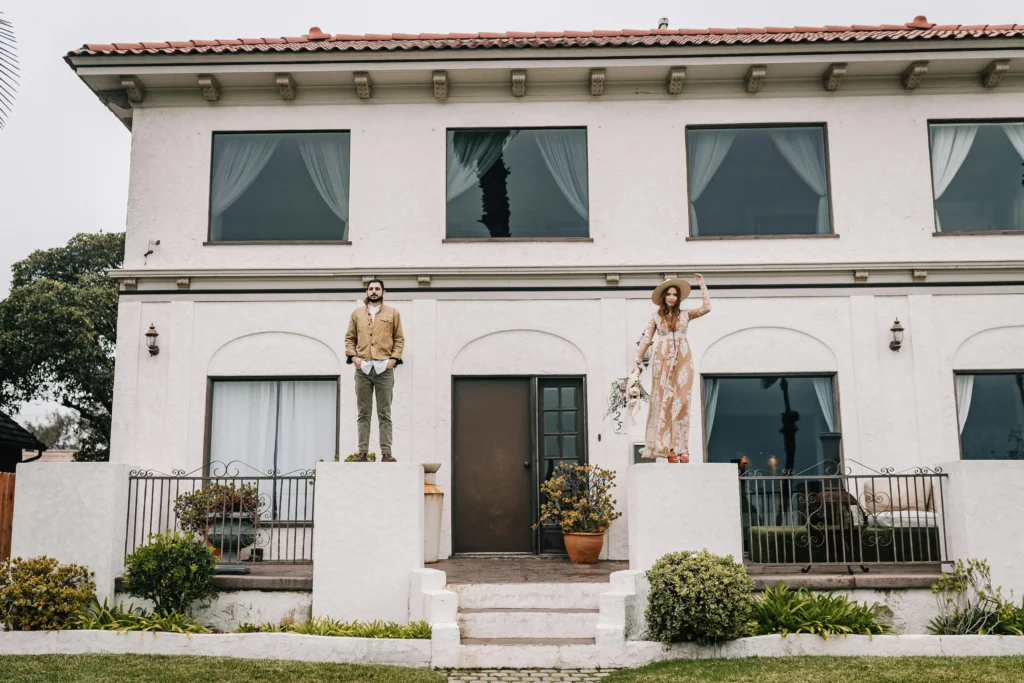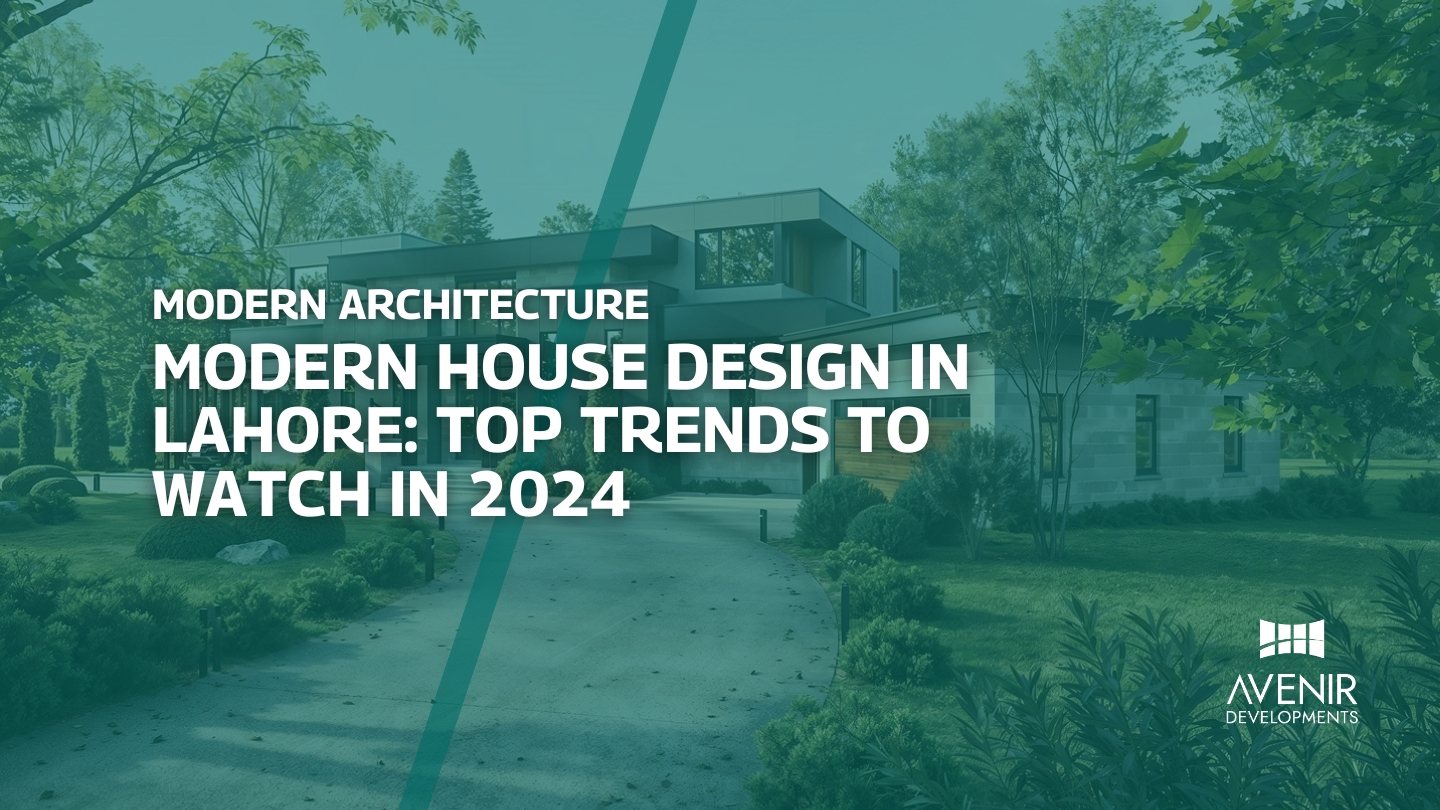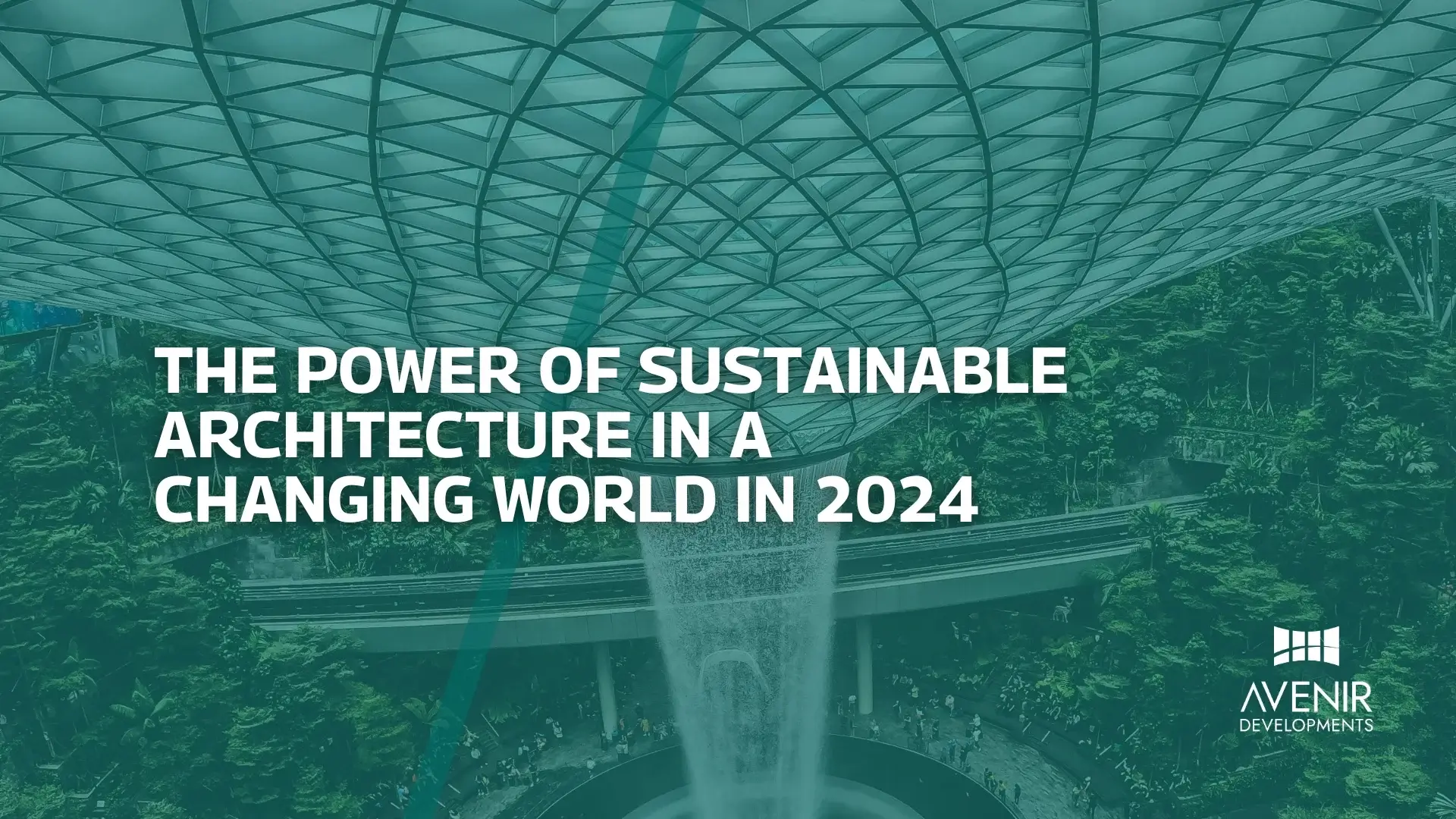House architectural styles have evolved dramatically over centuries, reflecting societal, economic, and cultural shifts. Pakistan, with its rich history and diverse landscape, has witnessed a fascinating interplay of indigenous and foreign architectural influences. This comprehensive guide delves into the captivating world of house architectural styles in Pakistan, exploring their evolution, key characteristics, and impact on contemporary design.
From the historic Havelis of Lahore to the modern minimalist abodes of Karachi, we will unravel the enchantment of various architectural styles that have shaped Pakistan’s residential landscape. Whether you’re a homeowner seeking inspiration, an architect exploring design possibilities, or a history enthusiast, this guide offers a deep dive into the architectural heritage of Pakistan.

A Historical Overview of House Architectural Styles in Pakistan
The architectural tapestry of Pakistan is a rich blend of indigenous and foreign influences. The Indus Valley Civilization, one of the world’s earliest urban cultures, laid the foundation for sophisticated urban planning and architectural concepts. Subsequent invasions by Persians, Greeks, and Central Asian tribes introduced new design elements, resulting in a diverse architectural landscape.
The Mughal era brought a zenith of architectural grandeur to the subcontinent. The iconic Mughal architecture, characterized by its red sandstone, intricate carvings, and symmetrical layouts, left an indelible mark on Pakistani architecture. Post-Mughal periods witnessed a fusion of indigenous and colonial styles, giving rise to eclectic architectural forms.
The British colonial era introduced Western architectural concepts to Pakistan. This period saw the emergence of neoclassical, Gothic, and Victorian styles in major cities. However, the indigenous architectural fabric remained resilient, resulting in a harmonious blend of Eastern and Western influences.
Post-independence, Pakistan embraced modernist architectural principles, characterized by clean lines, functional spaces, and a focus on utility. However, the rapid urbanization and globalization of recent decades have led to a diverse range of architectural styles, including contemporary, minimalist, and eclectic designs.
Contemporary Trends in Pakistani House Architectural Styles
The contemporary Pakistani housing landscape is a dynamic fusion of tradition and modernity. While the allure of historic architectural styles persists, there’s a growing inclination towards contemporary designs that reflect the evolving lifestyles and aspirations of Pakistanis.
Modern Minimalism: A Rising Trend
Modern minimalism has gained significant traction in Pakistan, particularly among the urban youth. Characterized by clean lines, open floor plans, and a focus on functionality, this style offers a stark contrast to the ornate designs of the past. The use of glass, steel, and concrete has become prevalent, creating a sleek and contemporary aesthetic. Moreover, the integration of indoor and outdoor spaces has become a hallmark of modern Pakistani homes, blurring the boundaries between living and nature.
Sustainable Architecture: A Greener Future
The increasing awareness of environmental concerns has led to a surge in sustainable architecture in Pakistan. Incorporating eco-friendly materials, energy-efficient systems, and biophilic design elements, these homes prioritize harmony with nature. Green roofs, solar panels, and rainwater harvesting are becoming common features in contemporary Pakistani residences.
Fusion Architecture: A Cultural Melting Pot
Pakistan’s diverse cultural heritage is reflected in the emergence of fusion architecture. This style blends traditional elements with contemporary design principles, creating unique and visually appealing homes. For instance, incorporating traditional motifs into modern facades or using local materials in innovative ways has become a popular trend.
Influence of Western Design Trends
The globalized world has exposed Pakistanis to a wide range of international architectural styles. Contemporary Pakistani homes often exhibit influences from Western design trends, such as Scandinavian minimalism, California contemporary, and industrial chic. However, these influences are seamlessly integrated with local cultural preferences and climatic conditions.
Challenges and Opportunities
While contemporary architectural trends are gaining momentum in Pakistan, several challenges persist. Limited availability of sustainable materials, lack of awareness about energy-efficient technologies, and traditional building practices pose obstacles to the widespread adoption of sustainable architecture. However, these challenges also present opportunities for architects and builders to innovate and create sustainable solutions tailored to the Pakistani context.
Frequently Asked Questions About House Architectural Styles in Pakistan
This section aims to address common queries related to house architectural styles in Pakistan, providing clear and informative answers.
Q1: What is the most popular house style in Pakistan?
The most popular house style in Pakistan varies depending on the region. In urban areas, modern minimalist and contemporary styles are gaining prominence. However, in rural areas, traditional styles like the courtyard house and the mud-brick house still prevail.
Q2: How do I choose the right architectural style for my home?
Selecting the right architectural style depends on several factors, including your personal preferences, budget, lifestyle, and the local climate. Consider your family size, entertainment needs, and desired level of maintenance when making your decision. Consulting with an architect can help you find the perfect style for your home.
Q3: What are the key factors to consider when building a modern home in Pakistan?
When building a modern home in Pakistan, prioritize energy efficiency, ventilation, and natural light. Consider using local materials and incorporating sustainable design principles. It’s also essential to adapt the design to the local climate and seismic conditions.
Q4: How can I incorporate traditional Pakistani elements into a modern home design?
You can blend tradition and modernity by incorporating traditional motifs, colors, and materials into contemporary designs. For instance, using intricate woodwork, local stone, or traditional color palettes can create a harmonious fusion of styles.
Q5: What are the costs associated with different architectural styles?
The cost of building a home varies significantly depending on the chosen architectural style, materials, and finishes. Modern minimalist homes often require higher initial investments due to the use of premium materials and advanced technologies. Traditional styles might be more cost-effective but may require additional maintenance.
Q6: How do I find an architect or designer in Pakistan?
There are several ways to find an architect or designer in Pakistan. You can search online, seek recommendations from friends and family, or contact professional organizations like the Pakistan Institute of Architects. It’s essential to interview multiple professionals to find the right fit for your project.
Q7: What are the latest trends in Pakistani interior design?
The latest trends in Pakistani interior design include a focus on minimalism, sustainability, and incorporating natural elements. Open floor plans, neutral color palettes, and the use of local materials are key characteristics of contemporary Pakistani interiors.
Expert Tips and Advice on House Architectural Styles in Pakistan
Drawing upon my extensive experience in architecture and design, I offer valuable insights to help you make informed decisions about your home’s architectural style.
Choosing the Right Architectural Style
- Align with Your Lifestyle: Consider your family size, lifestyle, and entertainment needs when selecting a style. For instance, a large family might prefer an open floor plan, while a couple seeking privacy might opt for a more intimate layout.
- Consider the Climate: The local climate significantly influences your home’s design. Opt for styles that optimize natural ventilation and insulation to ensure comfort throughout the year.
- Respect the Local Context: Harmonize your home’s architecture with the surrounding environment. Consider the architectural style of neighboring houses to maintain visual cohesiveness.
- Budget Wisely: Different architectural styles have varying cost implications. Establish a realistic budget and choose a style that aligns with your financial constraints.
Tips for Building a Dream Home
- Involve an Experienced Architect: Collaborate with a qualified architect to bring your vision to life. Their expertise will ensure optimal design, functionality, and structural integrity.
- Prioritize Energy Efficiency: Incorporate sustainable features like solar panels, rainwater harvesting, and energy-efficient appliances to reduce your environmental impact and utility bills.
- Embrace Local Materials: Utilize locally sourced materials to support the local economy and create a unique aesthetic.
- Focus on Indoor-Outdoor Living: Design your home to seamlessly connect with outdoor spaces, enhancing your quality of life and creating a harmonious living environment.
- Future-Proof Your Home: Consider the potential needs of your family as it grows and evolves. Incorporate flexible spaces that can adapt to changing lifestyles.
Overcoming Common Challenges
- Space Constraints: Maximize space utilization through smart storage solutions, multifunctional furniture, and clever architectural layouts.
- Budget Limitations: Prioritize essential elements and explore cost-effective alternatives without compromising aesthetics.
- Regulatory Hurdles: Stay informed about local building codes and zoning regulations to avoid delays and setbacks.
- Finding Skilled Craftsmen: Network with local artisans and contractors to find skilled professionals who can bring your vision to life.
By following these expert tips, you can create a home that not only reflects your personal style but also stands the test of time.
Conclusion: Your Journey to Architectural Enchantment Begins Here
Unraveling the intricacies of house architectural styles in Pakistan is a fascinating exploration of the country’s rich cultural heritage and evolving design sensibilities. From the grandeur of Mughal architecture to the contemporary minimalism of today, Pakistan offers a diverse palette of styles to suit every taste and preference.
By understanding the historical context, contemporary trends, and practical considerations, you can make informed decisions when designing or renovating your home. Remember, the perfect architectural style is one that reflects your personality, lifestyle, and aspirations.
Call to Action:
Are you ready to embark on your architectural journey? Avenir Developments offers comprehensive architectural, interior design, and construction services to transform your dream home into reality. Our team of experienced professionals can guide you through the entire process, from conceptualization to completion. Contact us today to schedule a consultation and let us help you create a space that truly reflects your unique style.
Contact Avenir Developments at +923001101103
Let us be your partner in creating a home that not only meets your functional needs but also elevates your lifestyle.
Read More:The Future of Living: How Architecture is Evolving to Meet Our Changing Needs






